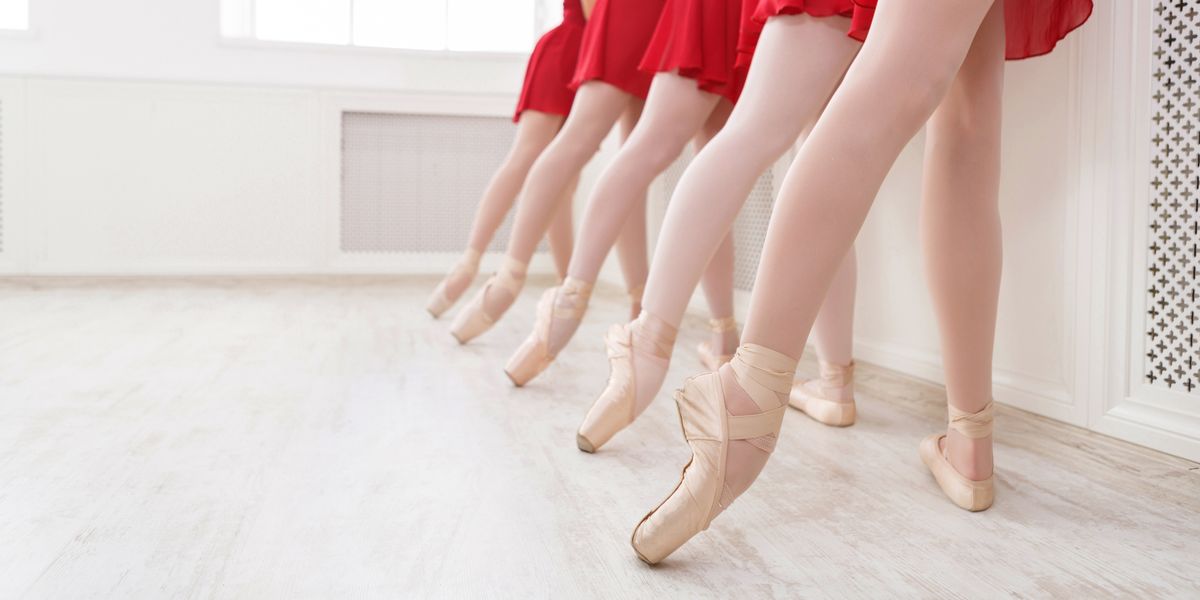Looking at Ballet's Gender Gap By the Numbers
The lack of female leaders in ballet is an old conversation. But a just-launched website, called the Dance Data Project, has brought something new to the discussion: actual numbers, not just anecdotal evidence.
The site has published a report on leadership pay among the 50 biggest ballet companies in the U.S, broken down by gender. Here are some of the most interesting findings:
Unsurprisingly, there are major gaps between male and female artistic directors.
-
Fewer than one third
of artistic directors are women. - In 2017, female artistic directors made 68 cents for every dollar men made in the same position (up from 62 cents in 2016).
- Out of the top 10 highest-earning artistic directors, only one was a woman in 2017.
- The highest-paid male artistic director earned $900,000 in 2017, while the highest-paid female artistic director earned $325,000.
Fortunately, the numbers are more encouraging when you’re looking at executive directors.
- In the three years surveyed (2015–2017), 43 percent of executive directors were women.
- Although in 2016, female executive directors earned 90 cents for every dollar earned by their male counterparts, that gap narrowed to 98 cents in 2017.
- Women made three of the top 10 executive director salaries in 2017.
- One woman was the highest paid executive director in 2017, with a salary of $540,570. Another woman was the lowest paid, earning $32,692.
The Data Dance Project plans to continue publishing various stats on gender inequities. Founder Liza Yntema, a lawyer and Joffrey Ballet board member (who has underwritten ballets created by women for the Joffrey and Hubbard Street Dance Chicago), hopes that cold, hard facts will drive change.
Data is collected through public records, like 990 forms and GuideStar, plus a self-reported 80-question survey that several major companies have already participated in. This year, Yntema plans to conduct a listening tour at ballet companies throughout the country to better understand how the field can nurture women to take on leadership positions.
Future reports
will look at the gender gaps among boards of directors, festival staff members and invited artists, programmed choreographers at top venues, and more. Stay tuned.





